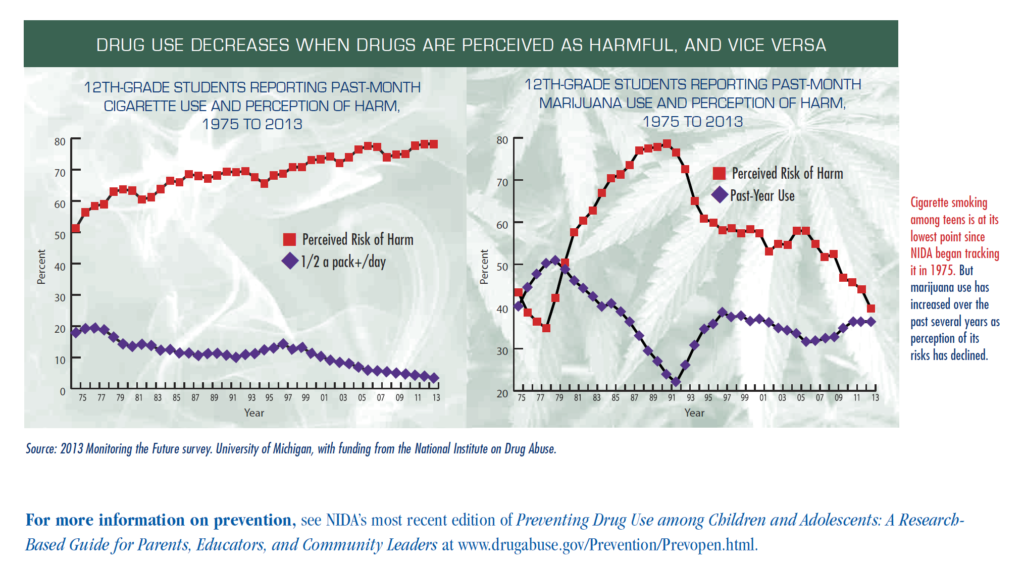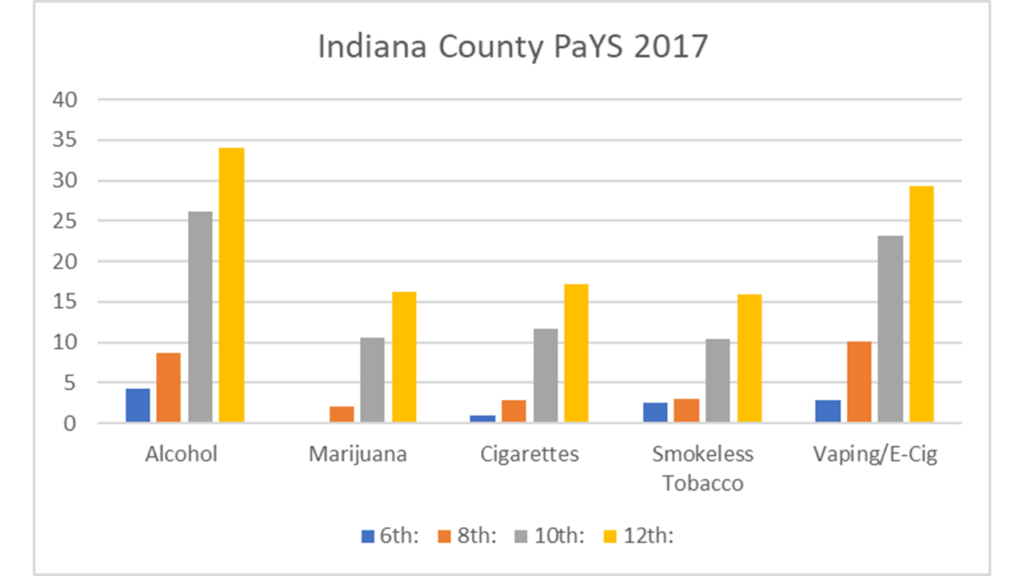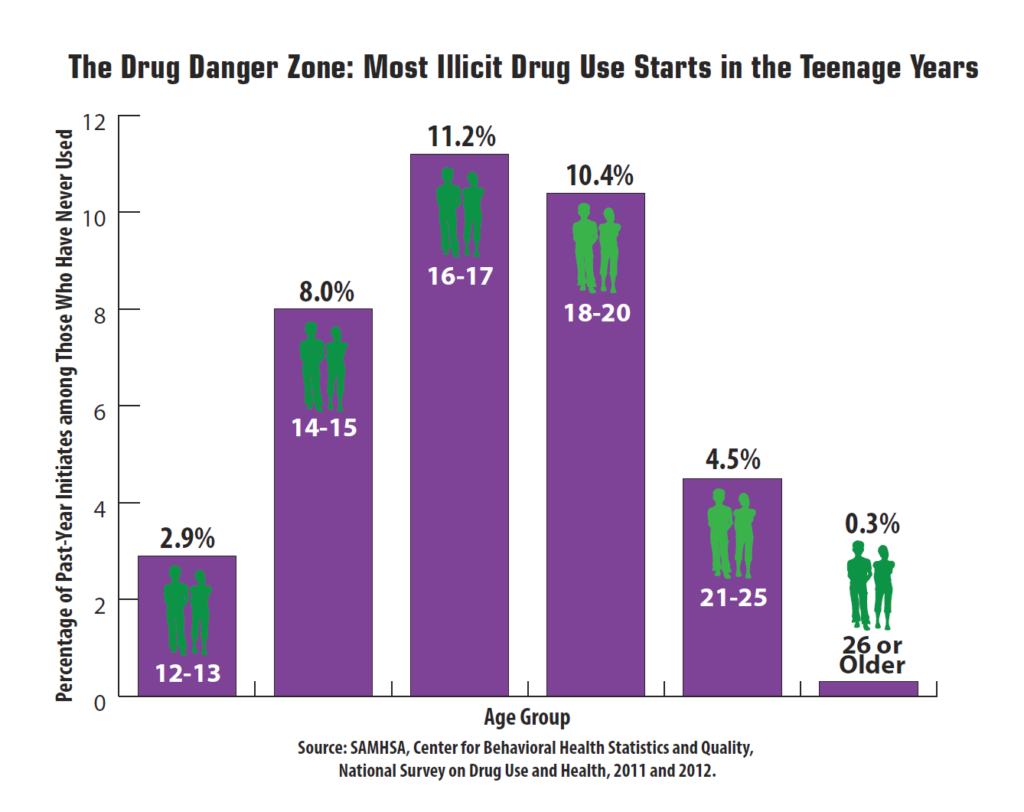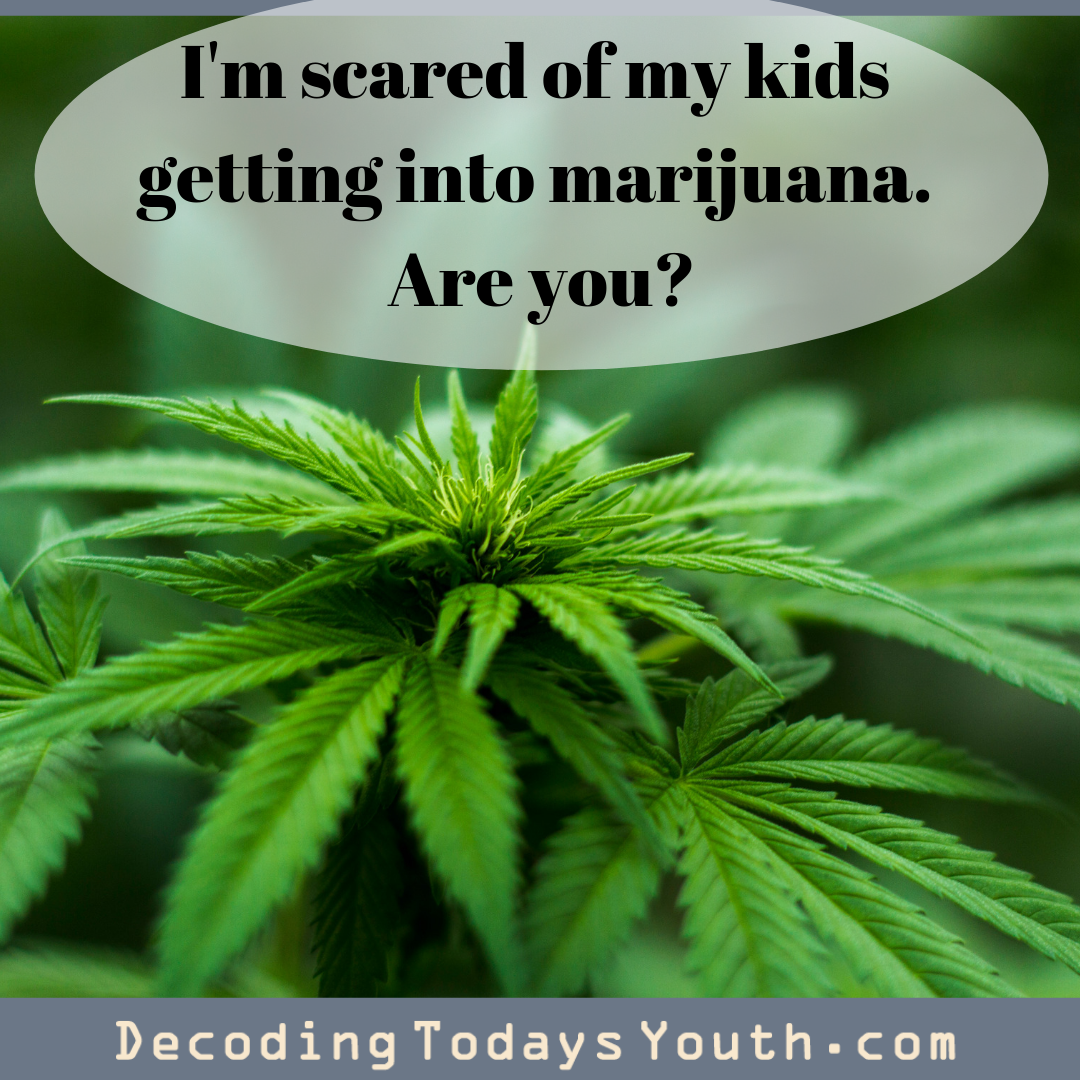
Let me start by saying I’m not a fan of marijuana. If you are, then simply don’t read any further. You don’t need to get yourself upset. And I don’t need your angry posts and emails.
If you’re still here, there are a few points I want to make.
First, “yes” there is such a thing as marijuana addiction. If you’re above 30 yrs of age, perhaps you’ve known someone who’s become addicted to marijuana. They might have any of several symptoms. The two worst, I think, are occasional psychosis (losing touch with reality) and “amotivational” syndrome (not wanting to do anything). These effects have been documented extensively and are accepted by the medical community. A percentage of long-term marijuana (THC) users will get these, but not all users. At least not with the doses that have been researched. We simply don’t know yet what the more potent marijuana available today will do. (THC is the chemical in marijuana that gets you high. CBD is another chemical in marijuana that supposedly doesn’t get you high.)
Regular users can also find it hard to sleep without taking a “hit”. Sometimes they can’t eat without marijuana (THC). In these cases, the body has simply adapted to the outside chemical and expects (requires) the drug in order to function normally.
If you don’t think there is anything such as “marijuana addiction”, I suggest you check out these sources (NIDA and The Atlantic), or just call any doctor. By the way, the chance for dependence or addiction is much, much higher if you start as a teenager.
My second point is marijuana (THC) use is far more widespread than when I was a kid – and it was around a lot even back then. This is not the world you grew up in. Maybe you smoked marijuana back then. But things have changed drastically. Oh, and by “spread” I also mean “it is socially accepted”. May kids today don’t think there’s anything wrong with marijuana.
And what happens when teenagers do or do not think something is harmful? Below are two charts from a real, national survey called Monitoring the Future conducted every year. The graph on the left shows that as “perception of harm” from smoking goes up, actual smoking goes down.

The chart on the right shows that the same relationship exists for marijuana. When perception of harm goes up, smoking marijuana goes down. Except that, for some reason, around 1992, teens turned a corner and started perceiving marijuana as less harmful. Notice how marijuana use jumped up after that? (The two scales do not exactly match, by the way. Marijuana use is generally higher than cigarette smoking through all of these years!)
In my state (PA) we have a survey that students do every two years. Most schools participate. It’s called the Pennsylvania Youth Survey or PaYS. When I looked at that data, here is what I found…

(You can see some of this data yourself at http://www.bach-harrison.com/payswebtool/Categories.aspx )
This graph shows the percentage of 6th, 8th, 10th and 12th graders who self-reported using these substances sometime in their life. It shows, logically, that usage goes up from 6th to 12th grades. Marijuana use was relatively low, i.e. it was below cigarettes and about where smokeless tobacco was. However, I’m a little suspicious of this self-report data. Marijuana use might be under-reported because it is still illegal in PA, whereas the others are at least legal.
What surprised me about this graph was the height of the vaping bars. They are almost as tall as the alcohol lines. Recently I read that vaping has seen a 900% increase in teens in the last few years.
And then I recalled that my students have told me that you can vape THC. You can buy vape cartridges full of THC. They can be as much as 80%-90% THC. The marijuana you grew up, by the way, was between 1-10% THC.
They’ve also said you can put “dab” in a vaping device. Dab is a very pure form of marijuana (THC) that is in wax form. It will vaporize in the pen, I’m told. (Here is a bit more on dabbing.)
Now, I know the vape shops sell “flavored” juice in their vape cartridges. They also sell nicotine cartridges. (By the way, the amount of nicotine in vape cartridges can be scary high. But that’s for another day. I think we are making another generation addicted to nicotine.) My students tell me it is really easy to get cartridges with THC – even here in Pennsylvania where that is supposedly illegal.
And here’s another scary graph I found. When do kids start trying illegal substances?

This chart says by age 18 already 24% of students (nearly a quarter!) have already tried an illicit drug. Of course, that doesn’t jive with the PaYS data, where the numbers are even higher.
Ok. So, I don’t have a real answer for this. I think many kids are going to try this stuff and many are going to have a problem with it. My point is THC use is on the rise, and this may partly be because kids don’t see any harm in it.
Well, I can’t solve this, but at least I can sound the alarm. We’re not going to solve this overnight, parents. My message is simply “Stay vigilant! Do you want your teenager getting in to marijuana?”
(By the way, “marijuana” means “THC”. It’s the chemical that does the harm – even if your kid is no rolling a plant into a cigarette or smoking it in a bong.)
If you are a pro-marijuana or pro-vaping advocate, I know you’re all fired up to “set me straight”. But I’m simply trying to reach tween and teen parents. Maybe we need a more in-depth conversation about all this.
I don’t want my kids or ANY KIDS doing this stuff.
And that’s all I’m trying to say.
Other links:
Here’s a reaction to New York State’s push to legalize recreational marijuana https://ncadd-ra.org/wp-content/uploads/2018/09/Marijuana-Separating-Fact-From-Fiction-in-NYS-SAM-NY.pdf
And for some quick fact sheets about marijuana try “Smart Approaches to Marijuana – preventing another big tobacco” at https://learnaboutsam.org/toolkit/

